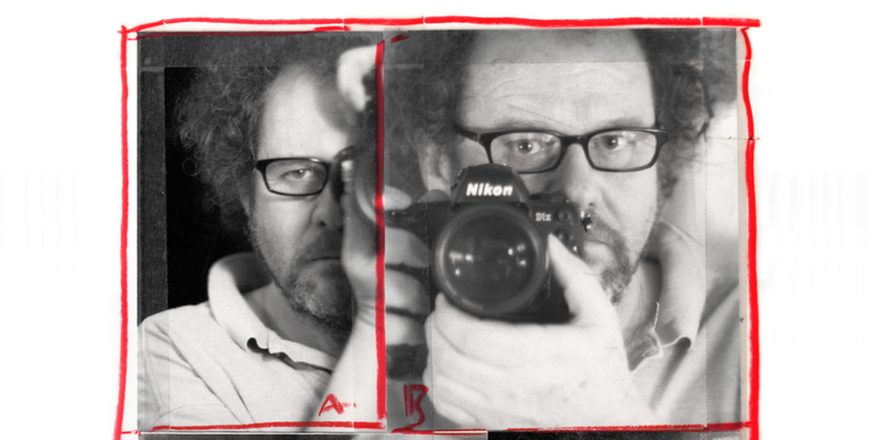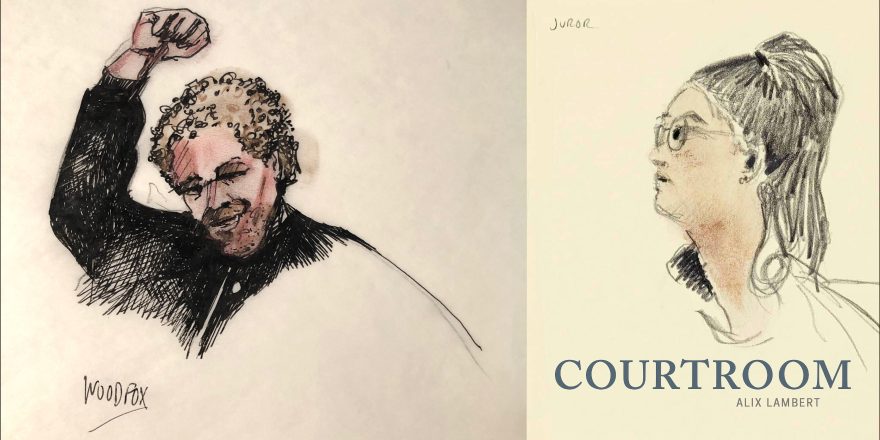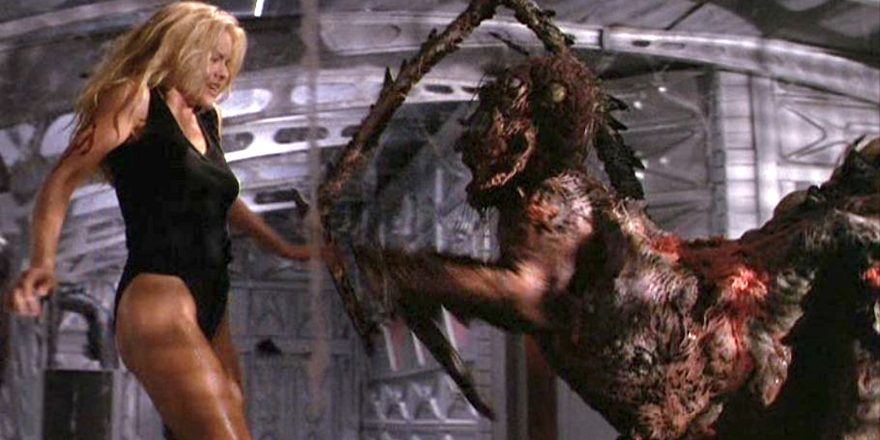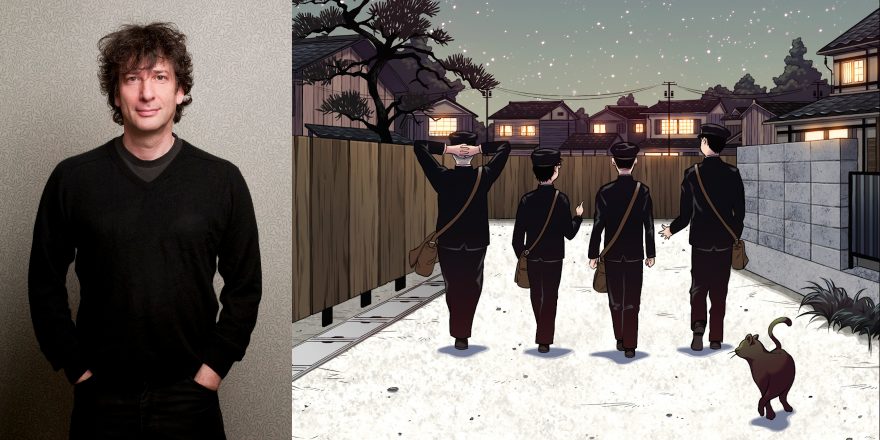After a brief stint where I wanted to be an architect, I took a Super 8 mm filmmaking class taught by Mr. George Chase. To say I had finally found my passion would be an understatement. This class was an elective, mostly populated by students trying to find an extra 45 minutes in the day to nap, but for me it was exactly what I’d been looking for. It was also where I’d first met Emily Konopinski, a freshman in the class and someone who would prove, like my friend Joe Mettle, to be a crucial partner on my post-film school endeavors.
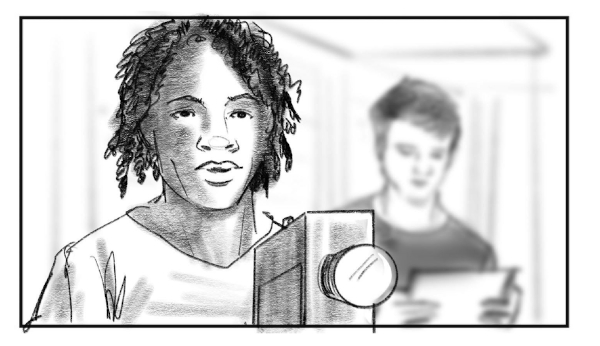
The first film project I made was met with a nugget of praise that inspired me to keep going. I was shooting at the South Orange train station, and my girlfriend at the time, Savena, was the star of the project. My story required that I get her character from the train platform down to the street. Thinking I could condense time (because who wants to watch a character walk down two flights of stairs and open multiple doors), I cut from a shot of her on the platform to a shot of the AT&T logo above the street-level payphone, tilting down to her as she walked up to make a call. I don’t know where I got that shot from, or how I knew it would “work,” but Mr. Chase sure noticed, and commended me on understanding the language of film. I was hooked.
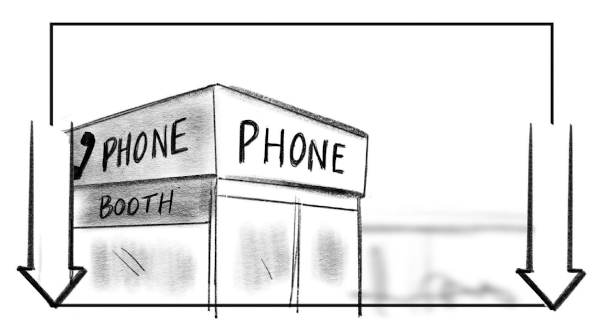
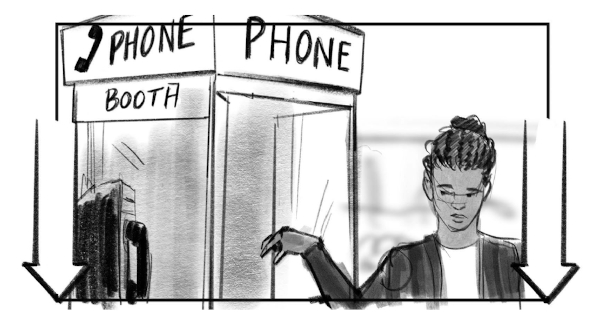
It was 1993, so Mr. Chase would show us laser discs of some of the most obscure films I’d ever seen. From Godfrey Reggios’s Koyanisqaatsi (1982), to Billy Wilder’s Double Indemnity (1944), to Stanley Kubrick’s 2001: A Space Odyssey (1968), my eyes were being opened to a world I’d never known existed. But when we watched Do the Right Thing (1989), I was locked in. My fellow Brooklynite Spike Lee had made something that resonated with me like nothing before. It seems minor, but when Giancarlo Esposito’s character, “Buggin’ Out,” gets his Air Jordans scuffed by the Boston Celtics fan, triggering an argument, it was the first time I saw something and said “That is my life.” This little moment gave credibility, in a weird way, to the world in which I lived. It also told me that the life I lived was worthy of being put on the big screen — or a screen at all — that wasn’t the criminal narrative that governed the 11 o’clock news.
While most of the other students were barely passing, I was making eight to 10 projects per quarter. The requirement was one. I read every book that Mr. Chase had, watched every laser disc in that classroom, developed my own black-and-white film, and did whatever I could to absorb this art form I’d become so infatuated with. What’s interesting, in hindsight, is that whatever I was searching for in the architecture class, was given life in this filmmaking elective. The math may have been a turnoff for me, but being the architect of a world and the characters within it was what I wanted to do. Focusing my lens on people who don’t often get the camera pointed in their direction was my calling.
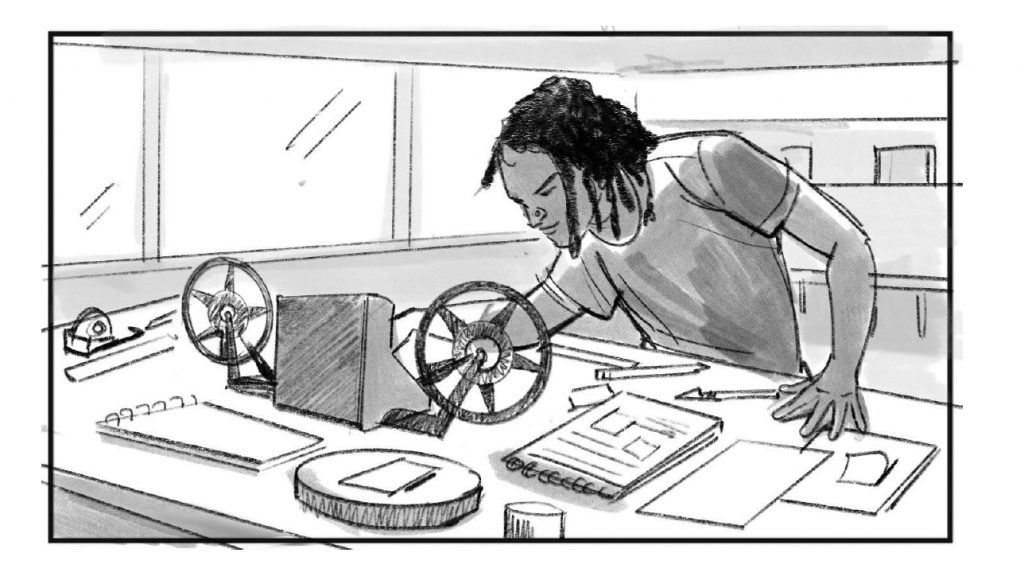
It sounds pretentious, or maybe precocious, but at this moment, I made a very specific choice about what I would do with my life. I decided to quit one more thing. I said goodbye to music (as a professional goal) and focused all of my efforts on filmmaking. I felt that film would be the harder road, but as far as impact, and with no disrespect to music, my personal experience was that while music captured moods, films could change lives by inspiring new ways of thinking. I wanted to have my hands in that.
Armed with this new worldview, I dedicated my time to building the best possible portfolio for submission to New York University’s Tisch School of the Arts. Mr. Chase was an NYU alumnus and every anecdote of his since I picked up that Super 8 mm camera began with, “When I was at NYU …” When my research revealed that Spike Lee, Martin Scorsese, Oliver Stone and other great directors were also alums, I became obsessed with the idea of joining their ranks.
I applied for early admission and was accepted into the Class of 1999. Now, it was time to call “Action!” on my own story.




